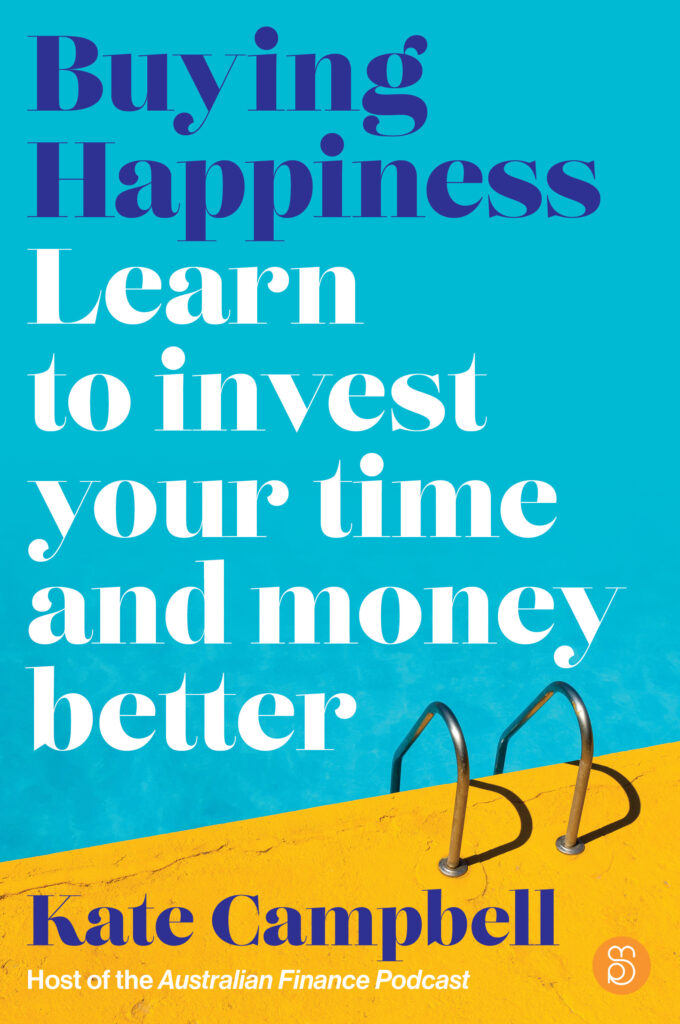
Exploring Your Attitude Towards Risk
One important aspect to consider when building out your financial plan is your attitude towards risk. Understanding your own behaviour and emotions is a crucial part of investing, and even the best-laid plans can come undone when your emotions and investments start mixing together. You see at the end of the day, investing successfully over the long-term is about patience and discipline. It’s not about flashing lights, streamers and loud music. To see real results, you’ve got to be done in it for the long haul, till death do us part I suppose.
Over a lifetime of investing you’ll go through many market cycles, times where it seems like the worlds going to hell in a basket, countless jobs and a seemingly endless array of clickbait news headlines. The truth of the matter is that we just don’t know what the future will look like, in a year or in a few decades. As investors, we have hope and faith in a better world and future, in the decades to come. After all, that’s what enables us to have a long term investment horizon and focus less on the short term happenings in the world.
Exploring Your Risk Profile
However, as an investor we can manage the risks we take, in accordance with our risk profile and desired timeframe. Financial experts typically group investors into these main risk profiles.
- Conservative
- Balanced
- Growth
- High-Growth
Now, these risk profiles are not really standardised and it’s important to recognise that funds are not all the same. My high-growth portfolio looks different from my super funds’ high-growth portfolio and my friends. Take a look at some of the Aussie investing platforms like SixPark, Stockspot, InvestSMART and Raiz, and have a look at their asset allocations for each risk profile.
This process can then be repeated between your super fund and a few other large funds. This will give you an idea of the “typical” percentages given to each asset class under different risk profiles and time horizons and may give you some guidance when working out your own approach.
The Risks of Knowledge
When it comes to investing, having both too much and not enough knowledge can be a curse. Both can lead to overly emotional decision making or the absence of decision making, due to the abundance of information and choices available. If you don’t make a decision, you’re essentially choosing to leave your money in cash (or the existing investment), which will have its own repercussions.
Just because someone’s a “finance expert” doesn’t mean that they’ll do any better than you when investing, because investing can actually be a very simple endeavour. It’s usually our human traits like greed, impatience, excitement and fear that get in the way.
Consider asking yourself the following questions:
- Do I understand what I’m investing in?
- Do I know why I’m making this decision?
- Does this align with my overall investment plan and financial goals?
- Am I overthinking this decision?
- Are my behavioural biases impacting my decision-making capabilities?
Does More Risk Always Mean Higher Returns?
Unfortunately, it’s not a simple linear correlation between risk and return, and products with low returns can be just as risky as higher returning products. Products that appear fairly safe can have risks buried in them, and companies offering high returns can be a seriously risky place to invest your money. It’s up to you how much risk you take on and whether you think the return will justify it.
Be aware that with some financial products the losses can exceed your initial capital, and leave you in a difficult situation. Always remember there’s no free lunch, and don’t start investing in or using products you don’t understand!
The Risk of Time
There is also the risk of time and running out of it before you have a chance to fully use it. As much as I want to look after my financial future, I am acutely aware that life can change in an instant. It’s a fine balancing act, weighing up the value and cost of time today versus time in the future. Hoarding away all your resources for the future and then being unable to use them, seems to be a very sad state of affairs.
However, if you start investing and laying down your financial foundations in your 20s, you’ll have substantially less legwork to do down the road. There’s no right answer here, but it’s something worth considering as you work towards your goals.
How would your goals change if you knew exactly how long you had left?
Kate — HTM Editor & Host

Kate Campbell is the founder of How To Money. Kate created HTM from a passion to help young Australians start talking about money, and share the resources she finds along her financial education journey. This led Kate to start her own journey to financial independence a few years back and she now works in the Australian financial services industry.
Want to learn more about money and personal finance? Check out our article archive, the How To Money Podcast and the Australian Finance Podcast. Catch us on Twitter @HowToMoneyAUS and Instagram on @HowToMoneyAUS.
Important Information
The information on this blog and website is of a general and educational nature only. It does not take into account your individual financial situation, objectives or needs. You should consider your own financial position and requirements before making a decision, as we are not an advisory service. We recommend you consult a licensed financial adviser in order to assist you. The information is based on assumptions or market conditions which can change without notice, and this will impact the accuracy of the information provided. This website and blog occasionally provide links to third-party sites, aimed at helping you gather the information required to make an informed decision — we may receive payment for these referrals.






